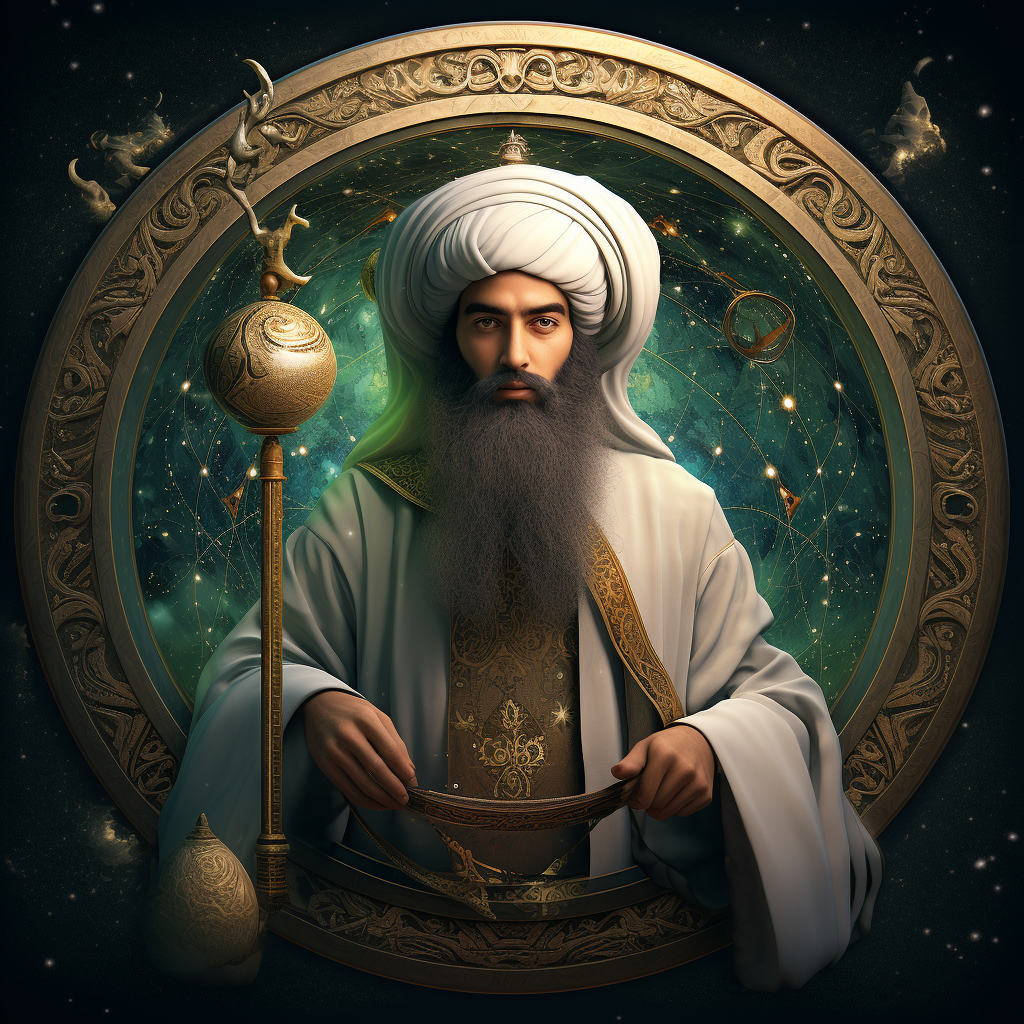In Islam, the depiction of Prophet Muhammad (peace be upon him) is considered highly controversial and offensive. The reason behind this is that Muslims believe in the Oneness of God and His prophets, and any attempt to portray the Prophet Muhammad (peace be upon him) in a physical form can lead to idolization and the erosion of his spiritual teachings. Let us know ‘Why are there no pictures of Muhammad?’.

Moreover, the Quran and the sayings of the Prophet Muhammad (peace be upon him) emphasize the importance of avoiding idolatry and focusing on the worship of Allah alone. Therefore, Muslims are discouraged from creating images of any prophet, including Prophet Muhammad (peace be upon him), as it can lead to the worship of the image rather than the essence of the prophet’s teachings.
Furthermore, the absence of a physical depiction of Prophet Muhammad (peace be upon him) also serves as a unifying factor for Muslims worldwide, as it eliminates the possibility of creating different interpretations or images of the Prophet that could lead to sectarianism and division among Muslims.
The absence of a picture of Prophet Muhammad (peace be upon him) in Islam is a reflection of the emphasis on spiritual teachings and the avoidance of idolatry, which are core principles of the Islamic faith.
What Quran says about Muhammad (peace be upon him) pictures?
The Quran, which is the holy scripture of Islam, does not explicitly mention the issue of creating pictures or depictions of the Prophet Muhammad (peace be upon him). However, there are several verses that highlight the importance of respecting and honoring the Prophet Muhammad (peace be upon him) and following his example.
Allah instructs the faithful to imitate the Prophet Muhammad (peace be upon him) and adhere to his teachings in Surah Al-Ahzab (33:21): “Indeed in the Messenger of Allah you have a good example to follow for whoever hopes for [the meeting with] Allah and the Last Day and remembers Allah frequently.”
Furthermore, in Surah Al-Anfal (8:24), Allah describes the Prophet Muhammad (peace be upon him) as a mercy for all mankind: “O Prophet, indeed We have sent you as a witness and a bringer of good tidings and a warner. And one who invites to Allah, by His permission, and an illuminating lamp.”
Therefore, Muslims hold the Prophet Muhammad (peace be upon him) in the highest regard and seek to honor his teachings and example. As a result, the prohibition of creating pictures or depictions of the Prophet Muhammad (peace be upon him) is a manifestation of the deep reverence and respect that Muslims have for him, and their desire to avoid any potential idolization or deviation from his spiritual teachings.
Why Muslims do not show pictures of Prophet Muhammad (peace be upon him)?
Respect and Reverence: Muslims believe that the Prophet Muhammad (peace be upon him) was a revered and respected figure in Islam. They honor and respect him as the last Prophet of Allah and the role model for all Muslims.
Avoiding Misinterpretation: Muslims believe that creating images of the Prophet Muhammad (peace be upon him) can lead to misinterpretation, as the Prophet’s teachings and message may be distorted or misrepresented. The focus should be on the essence of his message and teachings, rather than his physical appearance.
Preventing Sectarianism: By avoiding the creation of images or statues of the Prophet Muhammad (peace be upon him), Muslims are united in their reverence for him. This practice helps prevent sectarianism and divisions within the Muslim community.
Following the Prophet’s Example: Muslims strive to follow the example of the Prophet Muhammad (peace be upon him) in every aspect of their lives. As he did not allow his image to be made, Muslims follow in his footsteps and avoid creating images of him.
Preservation of Spirituality: Muslims believe that by not creating images of the Prophet Muhammad (peace be upon him), the focus remains on the spiritual teachings and message of Islam.
The avoidance of creating images of the Prophet Muhammad (peace be upon him) is a practice rooted in respect, unity, and the preservation of the spiritual essence of Islam.
Muslims don’t draw Muhammad (peace be upon him) pictures
Muslims do not draw pictures of the Prophet Muhammad (peace be upon him) out of respect and reverence for his status as the last Prophet of Allah. The practice of avoiding images of the Prophet Muhammad (peace be upon him) is deeply rooted in Islamic tradition and is based on several principles.
One of the most important reasons is the fear of idolization. Muslims believe in the Oneness of God, and any attempt to create a physical representation of the Prophet Muhammad (peace be upon him) can lead to the worship of that image rather than the essence of his teachings. This would be considered a form of idolatry and is strictly forbidden in Islam.
Furthermore, the Prophet Muhammad (peace be upon him) is held in the highest regard by Muslims, and any attempt to draw him or create his image can be seen as disrespectful or offensive. Muslims believe that the Prophet’s teachings and message should be the focus, rather than his physical appearance.
Conclusion
In Islam, there is a long-standing tradition of not creating or displaying images of the Prophet Muhammad (peace be upon him). This practice is based on the principles of respect, reverence, and a desire to focus on the spiritual teachings and message of Islam rather than the physical appearance of the Prophet. Muslims believe that creating images of the Prophet Muhammad (peace be upon him) can lead to the risk of idolization, misinterpretation, and disrespect.


